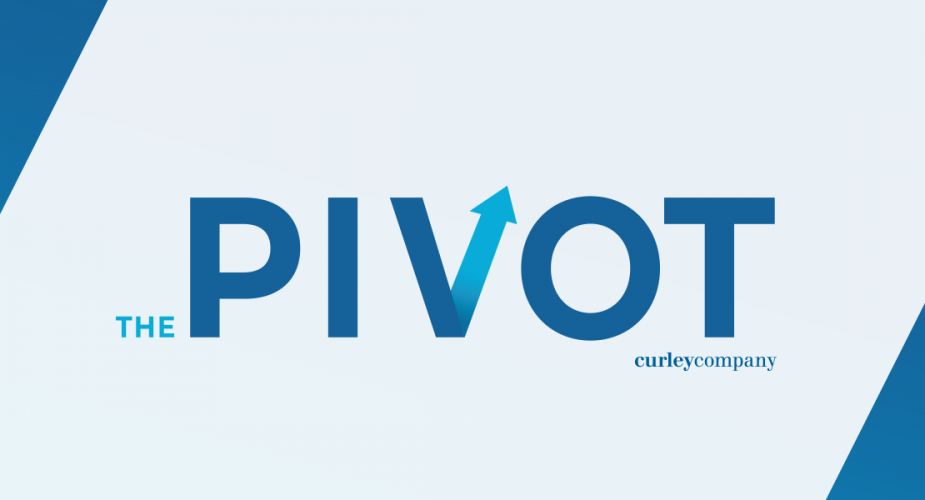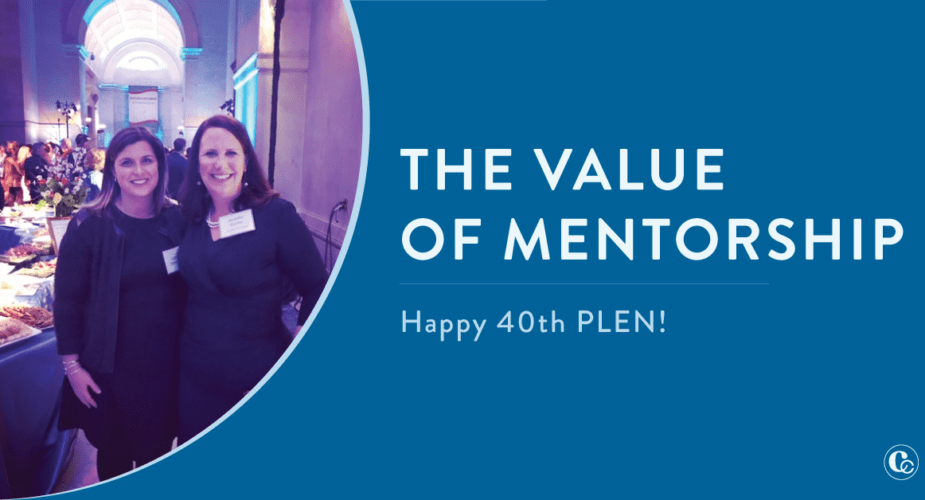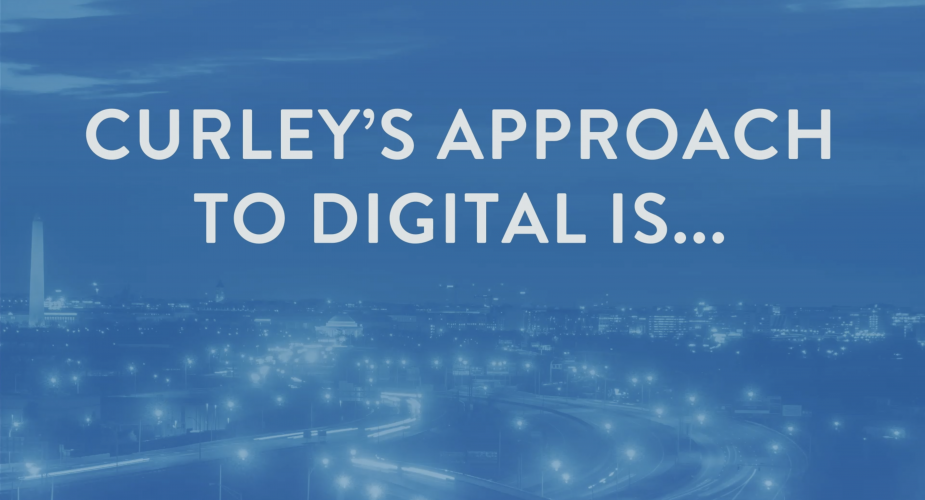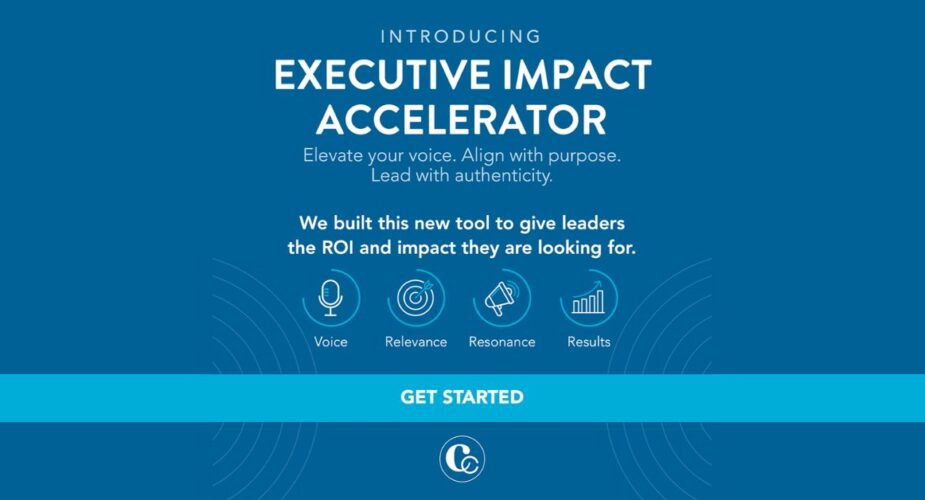How are you communicating your organization’s pivot?
Effective organizations have already begun to pivot. From pick-up trucks to ventilators, copiers to masks, industries across the world are figuring out how to harness the power of positive disruption. The truth is, organizations will need to pivot more than once in the coming months and years and leaders who anticipate and manage impactfully through each pivot will help their organization come out stronger and better.
We have seen first-hand through this crisis, the importance of communicating your organization’s intentions to your stakeholders, especially when you are shifting priorities. As you help your organization make the next pivot, here are a few of our rules of the road:
- Brands need to continue to be nimble and opportunistic. The situation is still changing quickly and understanding nuance is critical. We have said from the beginning–this is truly a day by day and hour by hour communications initiative. What sounded good yesterday, might be tone deaf tomorrow.
- Your message should be nuanced. Some people will be back in their offices, some will be home. Some business will be thriving, and others won’t. This will require very nuanced messaging. It will be difficult to promote your brand across the board when some of your audience may not be ready.
- You will need to manage confusion and incorporate new regulations. The “turn back on” process will be messy. It will be state by state and sometimes county by county leading to confusion and inconsistency. There will be fits and starts where some places may “turn on” and then turn off again. There will be new rules. Masks, temperature taking, size of events, continued social distancing – all will be a factor as you bring your business back online. These rules will change often, and organizations will need to adapt accordingly.
- Reliable and consistent information is critical. We saw this in phase I and it will be more important than ever in phase II and beyond. Your stakeholders need you. They need reliable and consistent information from the channels that are most accessible (or in many cases multiple channels).
- It is important to be authentic, human and true to your brand. Trusting those we do business with is more important than ever because the stakes are higher. Customers and employees want to trust that you have their best interest at heart; that you are doing your part to help others during this scary time; and that you genuinely care. Words and tone matter.









